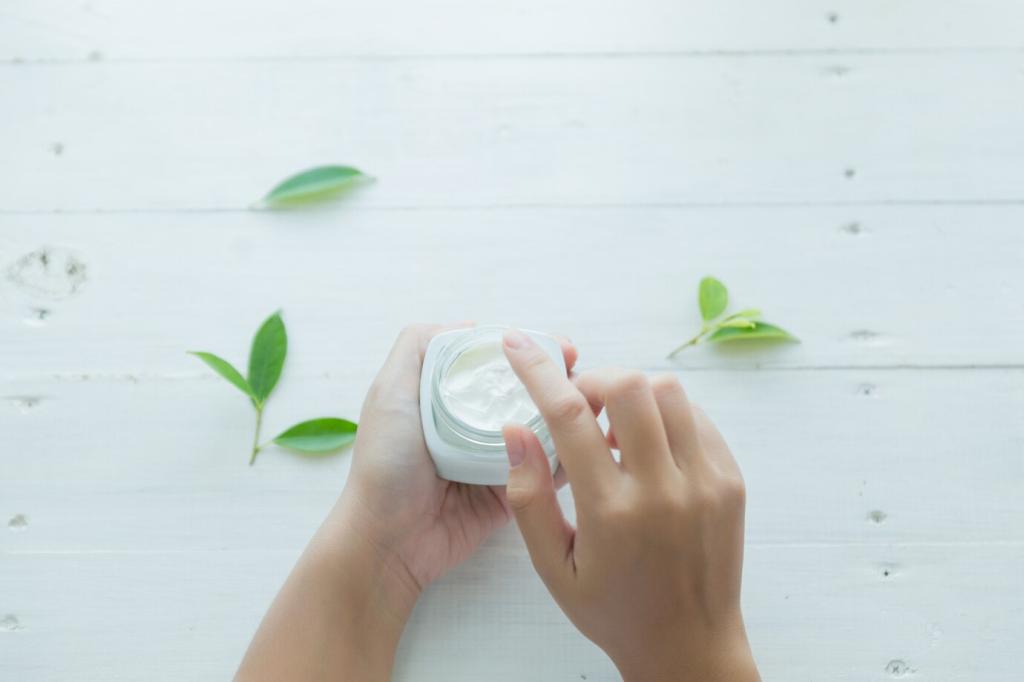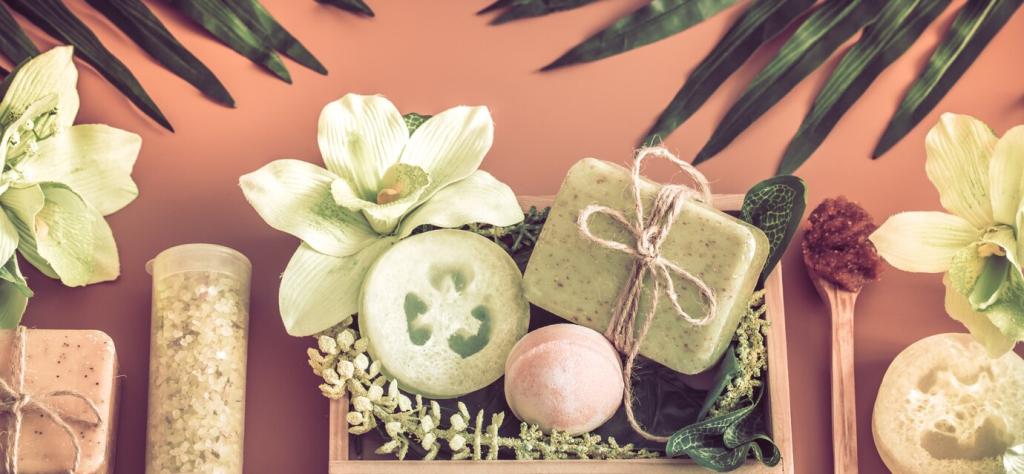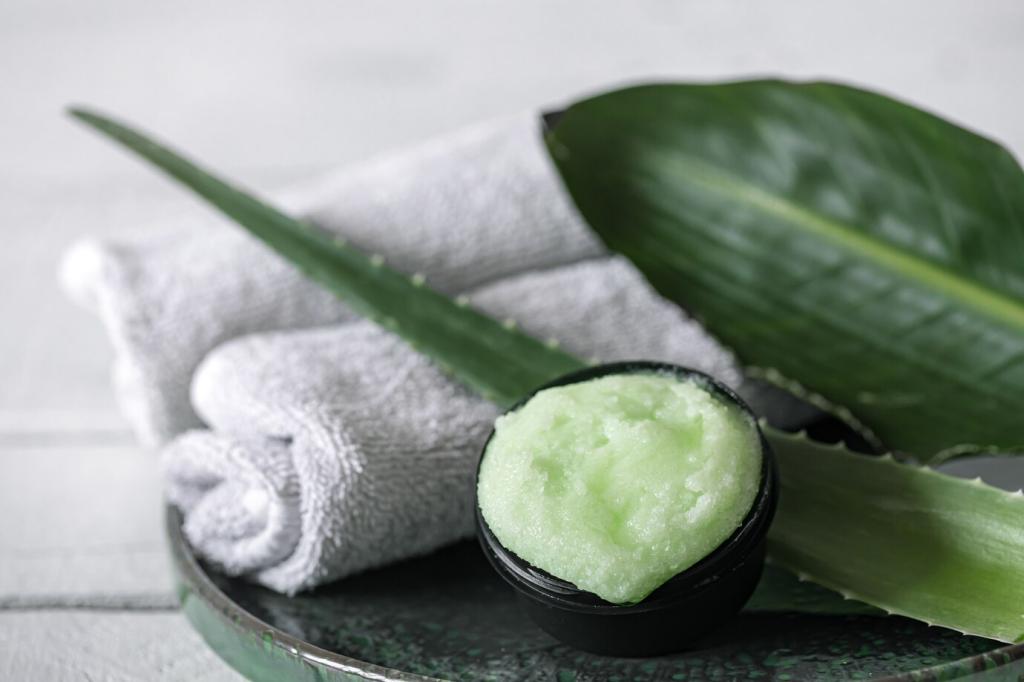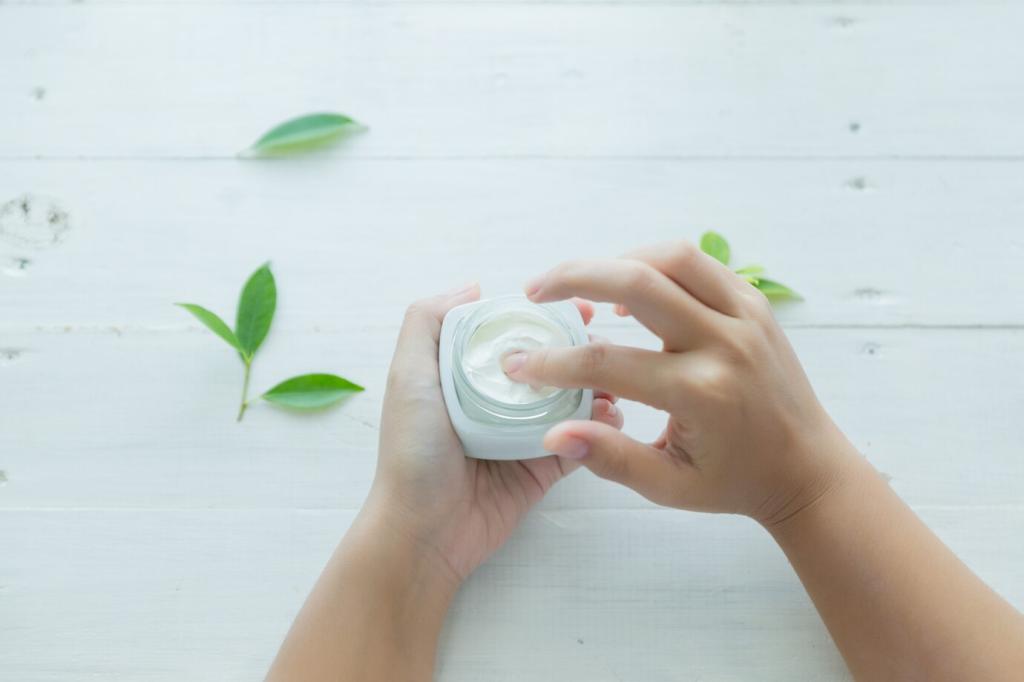Preservation, Safety, and Ethics
Avoid stripping unless absolutely necessary. Keep original finishes, hardware, and tool marks intact. Document what you do—materials, dates, and test results—so future caretakers understand the piece’s journey. When in doubt, consult a conservator for fragile marquetry, lifting veneer, or unstable shellac.
Preservation, Safety, and Ethics
Lay used oil rags flat to dry outdoors or store them submerged in a sealed metal container before disposal. Provide steady airflow during polishing. Note nut sensitivities if using walnut oil around family or clients. A little caution preserves both furniture and workshop peace of mind.








